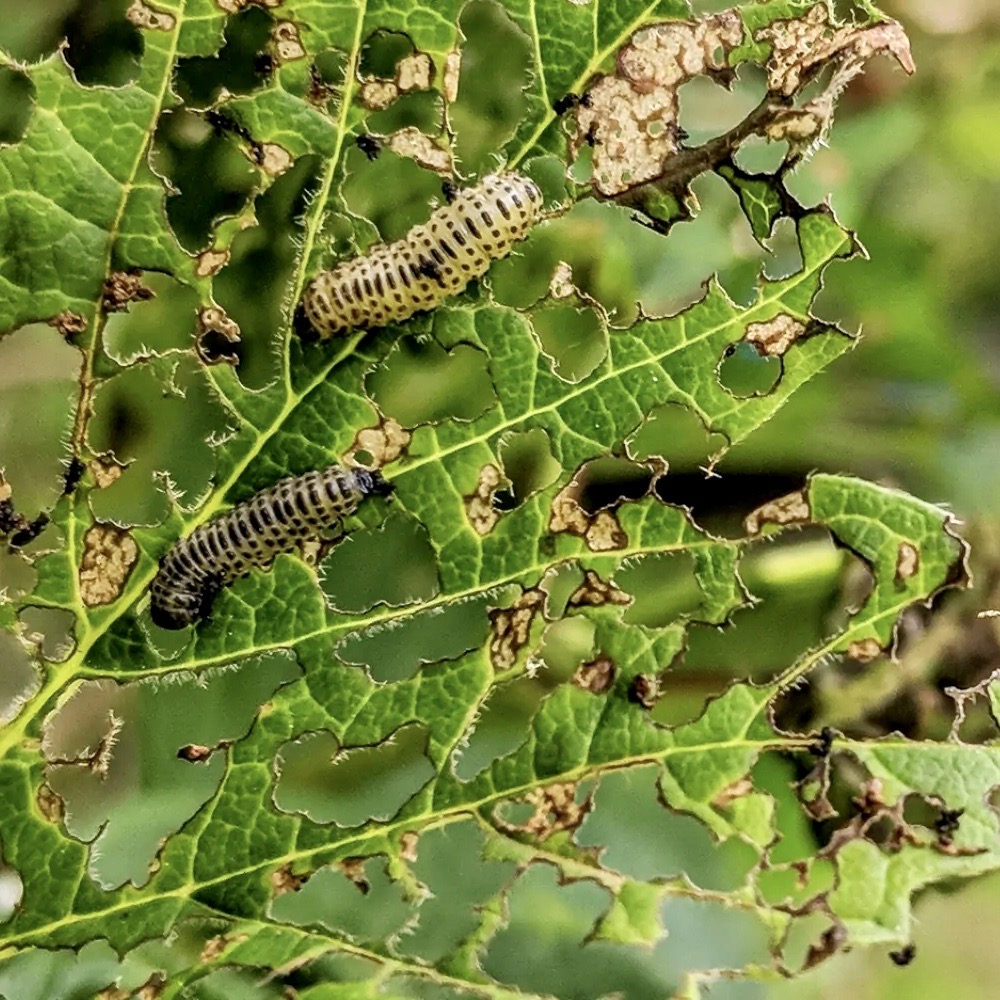Viburnum Beetle: Identification, Treatment, and Prevention
Why Home Gardeners Should Take Viburnum Beetles Seriously

Viburnum Beetle: Identification, Treatment, and Prevention
Viburnum beetles are a growing concern for home gardeners, as they pose a significant threat to the health and aesthetics of viburnum plants. Understanding how to identify, treat, and prevent infestations can be the difference between a thriving garden and a decimated one. This in-depth guide aims to equip home gardeners with the knowledge and tools they need to effectively manage viburnum beetle infestations.
Identification: Know Your Enemy
Being able to accurately identify a viburnum beetle infestation is the first step towards effective management. Viburnum beetles go through different life stages—egg, larva, pupa, and adult—and each stage presents distinct signs. Here's what to look out for:
- Skeletonized leaves: A clear sign of larvae feeding.
- Larvae: Cream-colored with brown heads, found under leaves.
- Egg masses: Found on the undersides of leaves, usually in spring.
- Adult beetles: About 6-7 mm long, brown to greyish.
Recognizing these signs early can drastically improve the chances of effective treatment.
Treatment Options: A Multifaceted Approach
There's no one-size-fits-all solution for viburnum beetle treatment; rather, a multi-pronged approach is generally the most effective.
Chemical Solutions
- Systemic Insecticides: These are absorbed by the plants and kill beetles when they feed on the leaves.
- Contact Insecticides: Kill beetles on contact but the effects are not as long lasting as systemic insecticides.
Organic Methods
- Neem Oil: Acts as an insect repellent and lessens feeding and reproduction.
Prevention: The Best Cure
Effective prevention can make treatment easier. Strategies include:
- Regular Monitoring: Early detection is crucial.
- Physical Removal: Manually removing larvae and egg masses can be effective if done early.
- Resistant Varieties: Some types of viburnum are less attractive to beetles.
Why Home Gardeners Should Take Viburnum Beetles Seriously
The impact of a viburnum beetle infestation goes beyond aesthetics. Left unchecked, they can:
- Weaken plants, making them susceptible to diseases.
- Reduce flowering and fruiting.
- Lead to the death plants.
Expert Help
Viburnum beetles may be a formidable foe, but armed with the right knowledge and tools, they are manageable. Chemical solutions offer quick relief but come with environmental costs. Organic methods are safer but may require persistence and frequent applications. By integrating these methods based on your specific needs and circumstances, you can protect your viburnum plants and maintain a healthy, beautiful garden.
